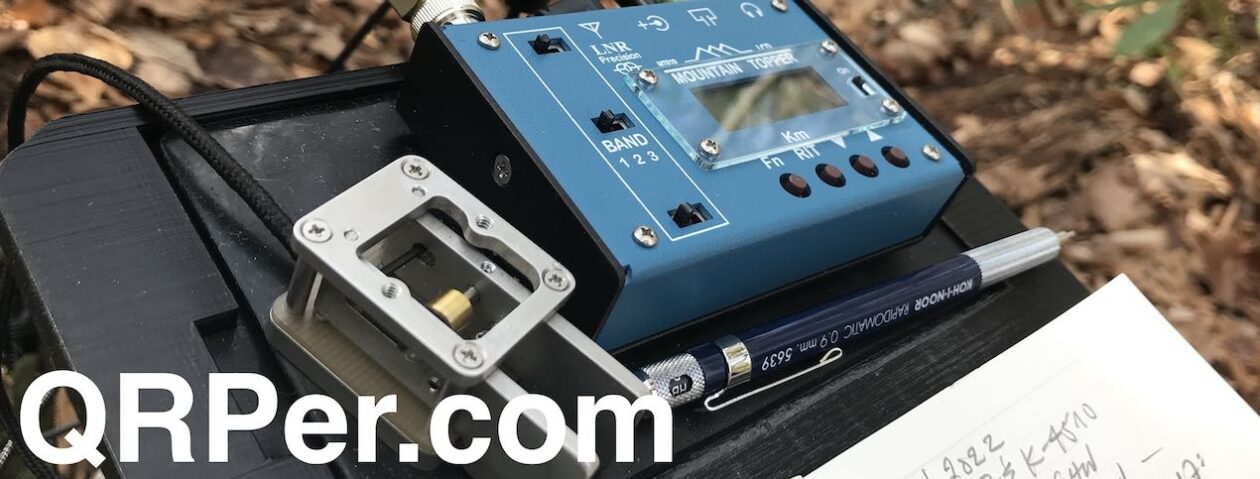Many thanks to John (VE3IPS) who shares the following guest post:
 Nova Scotia POTA After-Action Report
Nova Scotia POTA After-Action Report
by John VE3IPS
We had planned a vacation trip out to Nova Scotia to get our lobster fix. As I always do, I prep my radio with local repeaters, look up local radio clubs, museums and check the POTA and SOTA map for locations to operate from.
I noticed that several park locations had not been activated. Thus I had an opportunity to be first activator and to get some much needed Nova Scotia parks in the Hunters logs. I printed the map and noted the park identifiers. I decided to just activate the parks that were never activated. I could have worked more parks but you have sights to see and can’t be behind the mic all the time. My antenna was prepped to be rapidly deployed in a few minutes and torn down accordingly.
 I also was able to attend the Halifax ARC Hamfest on June 4, 2022.
I also was able to attend the Halifax ARC Hamfest on June 4, 2022.
So a vacation with ham radio elements to keep me excited with some objectives in mind.
We did visit Peggy’s Cove, Burnt Coat Head to watch the tides in the Bay of Fundy, local wineries, Lunenburg (a movie shoot was underway), the Halifax Citadel and of course eat lobster every day. I spent over $200 in gas as we did a lot of driving around (gas is just over $8 a gallon CAD), retail tax at 15% and prices for food and restaurants up by 30%. Nova Scotia is a bit more expensive than other cities.
I decided to bring my Icom 705 with a LifePO4 battery to offer 10 watts instead of the FT-891 or FT-818. Why? Because it offered a voice memory for calling CQ Parks, built in SWR meter and better IF filters over the FT-818. I wanted to cover the Marine and VHF/UHF repeaters as well and that ruled out the FT-891.
Due to the Kleenex box form factor I ended up using a Lowe Pro Omni Trekker camera bag to use as a carry on. This included a Nikon V1 camera and Binoculars.
 Continue reading John’s trip and POTA field reports from Nova Scotia
Continue reading John’s trip and POTA field reports from Nova Scotia





















